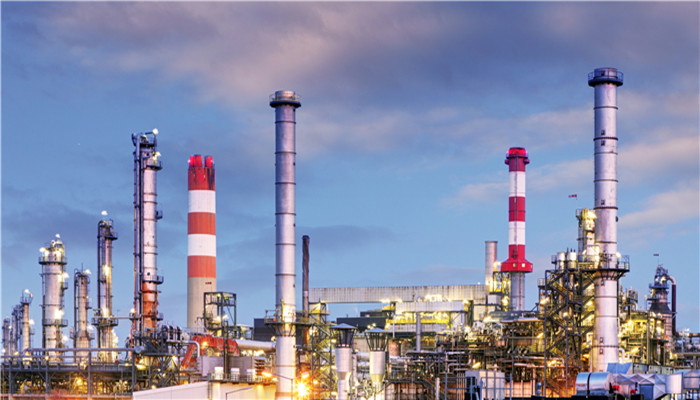
The acrylonitrile industry is developing rapidly and there are development opportunities in the Chinese market
Acrylonitrile is an important raw material in polymer materials such as synthetic fibers, synthetic resins, and synthetic rubber, and has broad development space. In 2020, global acrylonitrile production capacity reached 7.9 million tons, of which Japan’s Asahi Kasei is the world’s largest acrylonitrile manufacturer, with an acrylonitrile production capacity of approximately 1.15 million tons.
There are two main methods for producing acrylonitrile in industry: propane ammoxidation and propylene ammoxidation. Currently, propylene ammoxidation is mainly used in domestic production. It is expected that propylene ammoxidation will remain the main production process of acrylonitrile in the short term. The catalyst used in the ammonia oxidation of propylene to produce acrylonitrile has a greater impact on the product. Therefore, it is particularly important to develop high-performance catalysts in the future. There are already companies conducting research in the field of catalysts.
Globally, chemical giants still have plans to expand production. Ineos Group has signed an agreement with Saudi Aramco and French Total to build a 430,000-ton acrylonitrile production unit in the Middle East, which is scheduled to be put into operation in 2025; Cornerstone Chemical of the United States It plans to build an acrylonitrile production unit with an annual production capacity of 140,000 tons in the United States and plans to put it into operation in 2023; Iranian chemical companies are looking for Chinese partners and plan to build an acrylonitrile unit with an annual production capacity of 100,000 tons in Iran. Currently, There is no local acrylonitrile production company, but the annual demand there is about 90,000 tons.
According to the “Acrylonitrile Industry Venture Investment Situation and Investment and Financing Strategy Guidelines Report 2021-2026” released by the Industrial Research Center, my country’s acrylonitrile production capacity shows a growth trend, reaching about 2.5 million tons in 2020, with an output of about 2.25 million tons. my country’s acrylonitrile production capacity is mainly concentrated in East China and Northeast China. There is only one production unit of Lanzhou Petrochemical in the northwest region. Based on the analysis of the production capacity structure of various regions, East China has the highest proportion of acrylic acid production capacity, reaching more than 70%, followed by Northeast China, which accounts for about 26%.
my country’s acrylonitrile devices are mainly concentrated in enterprises affiliated to Sinopec and PetroChina. Sinopec’s total production capacity is about 880,000 tons, and PetroChina’s production capacity is about 720,000 tons. Domestic private acrylonitrile production companies include Sierbon Petrochemical, Haijiang Chemical, Zhejiang Petrochemical and other companies. The total production capacity of the above three companies is more than 900,000 tons. Judging from the production capacity of domestic enterprises, the current acrylonitrile production capacity of Shanghai Secco Petrochemical and Sierbon Petrochemical is 530,000 tons, ranking first in the country.
In 2020, my country’s apparent consumption of acrylonitrile was approximately 2.5 million tons, of which import volume was 310,000 tons and export volume was 80,000 tons. In my country, acrylonitrile is mainly used in three major fields: acrylamide, acrylic fiber and ABS. Among them, acrylic fiber field has higher consumer demand, accounting for 37%, followed by ABS, which accounts for 35%. In terms of imports, my country’s acrylonitrile mainly imports from Taiwan, the United States, Japan and South Korea.
Industrial analysts said that acrylonitrile has a wide range of applications. Benefiting from the development of downstream industries, the global and Chinese acrylonitrile market demand continues to rise. , the industry has developed rapidly. Across the world, some chemical giants still have production expansion plans, so global acrylonitrile production capacity will continue to grow in the next few years.

 微信扫一扫打赏
微信扫一扫打赏

